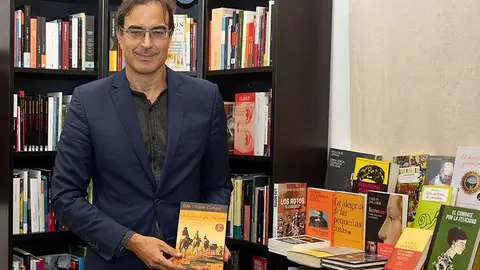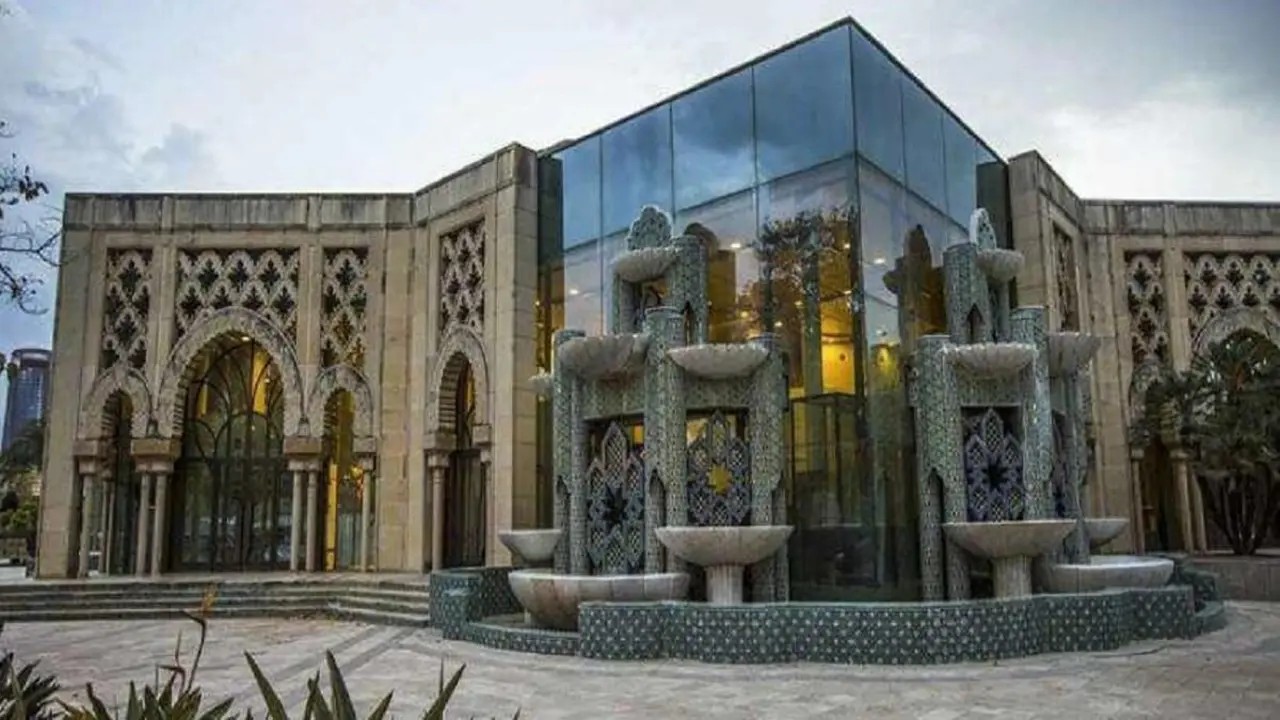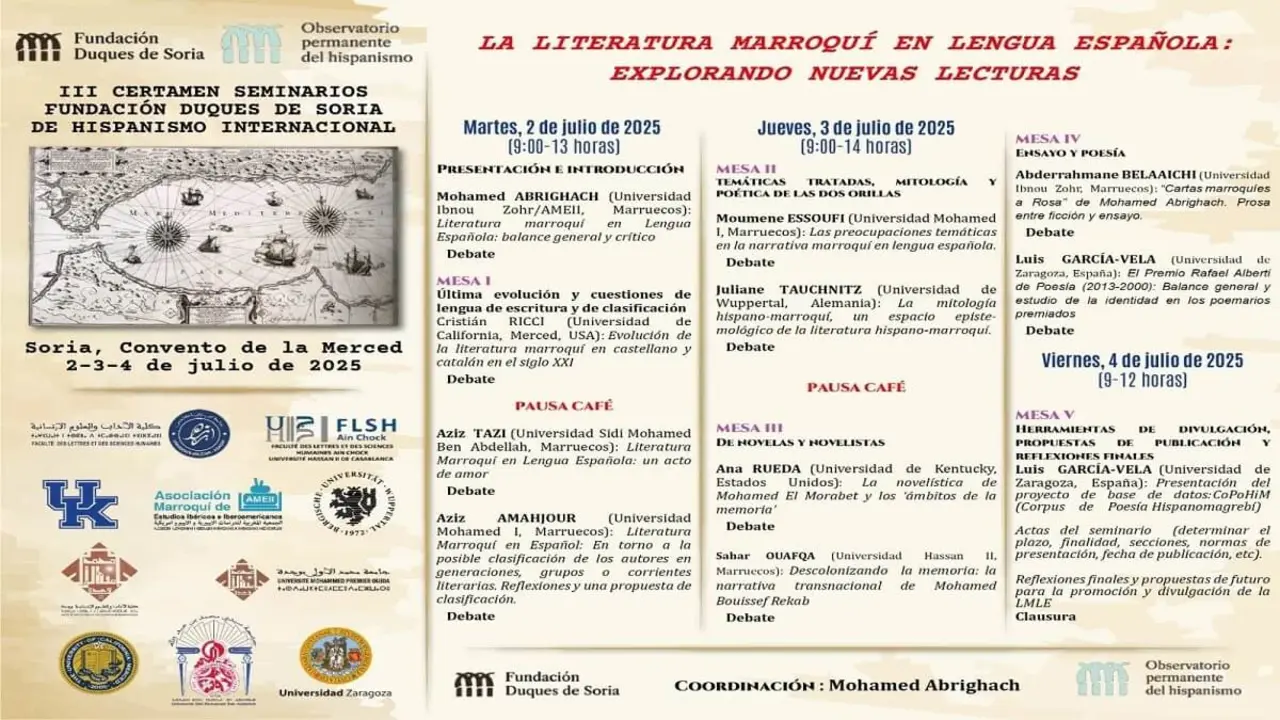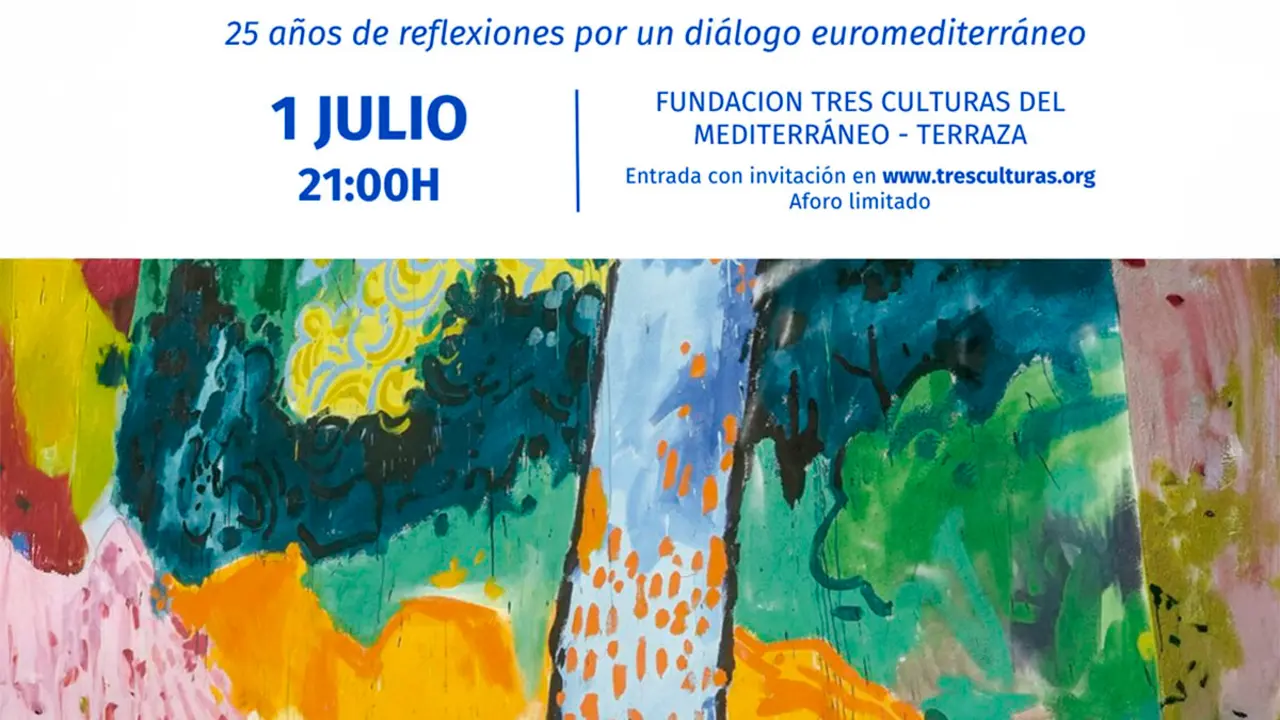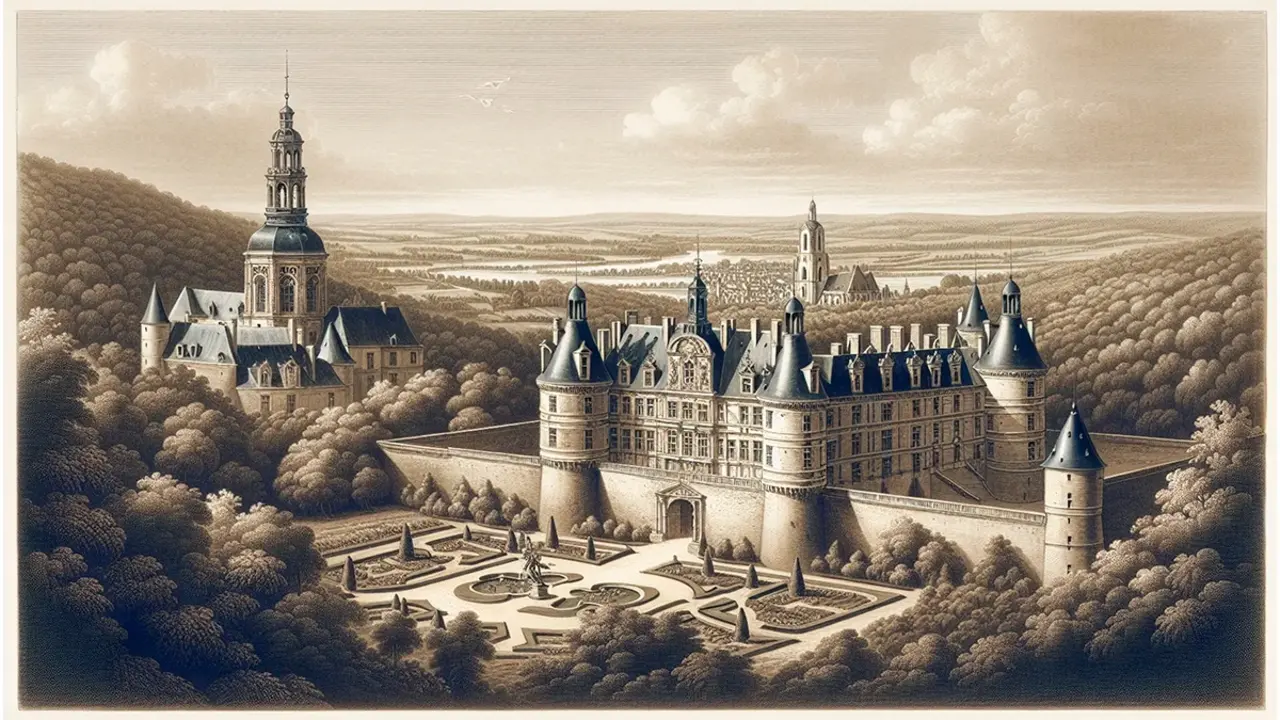Art and freedom in Martín Carbajal's new novel ‘Yo no seré La Implorante’
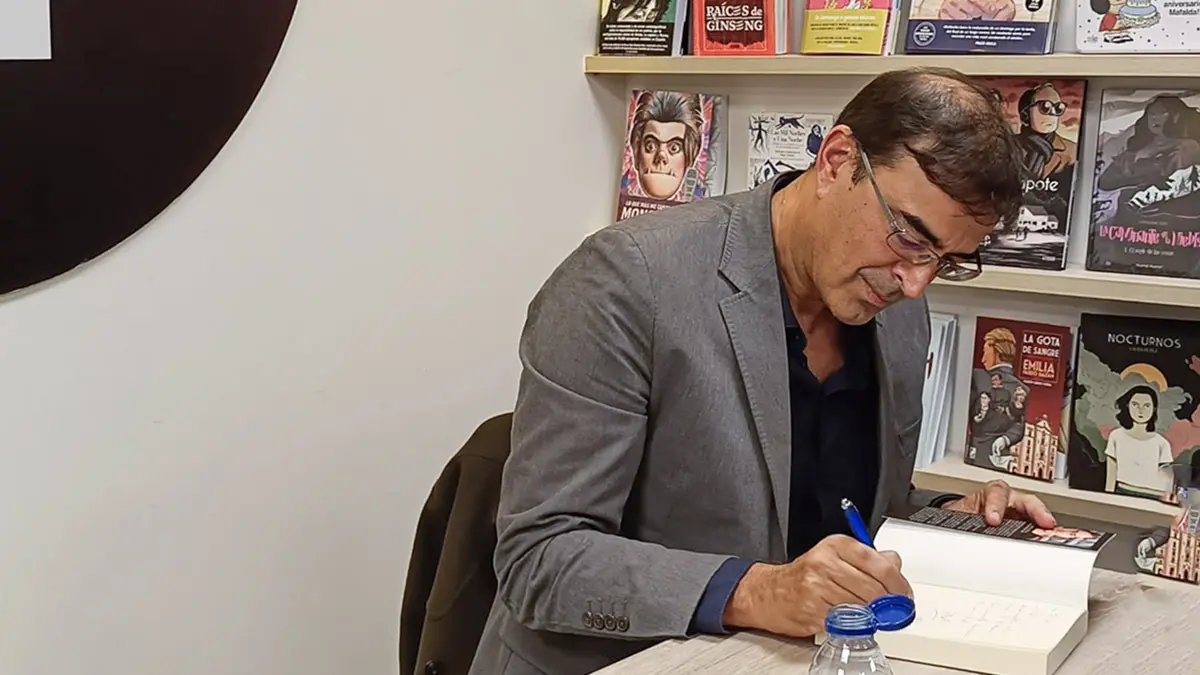
When Martín Carbajal presented his previous novel, ‘El latido de Al- Magreb’, in an interview with Atalayar he announced that he was about to finish the second part of his novel ‘Tú eres azul cobalto’ and that the main character would be Aunt Mila, a character who had created a lot of curiosity and who, in the reading clubs, as the author himself commented, the participants showed great interest in finding out what had become of her.
If the pandemic and her confinement had anything good for this author, it was that it outlined that life and the indefinite future of this character created many years ago; in fact, this novel, the first one, was published in 2006 (Ediciones Idea) and was republished in 2014 (M.A.R. Editor). It was in this confinement that he ‘found his story’, a story that he tells us in the pages of ‘Yo no seré La Implorante’, where art, especially that of this sculptor, women, the struggle for rights and philosophy are intertwined.
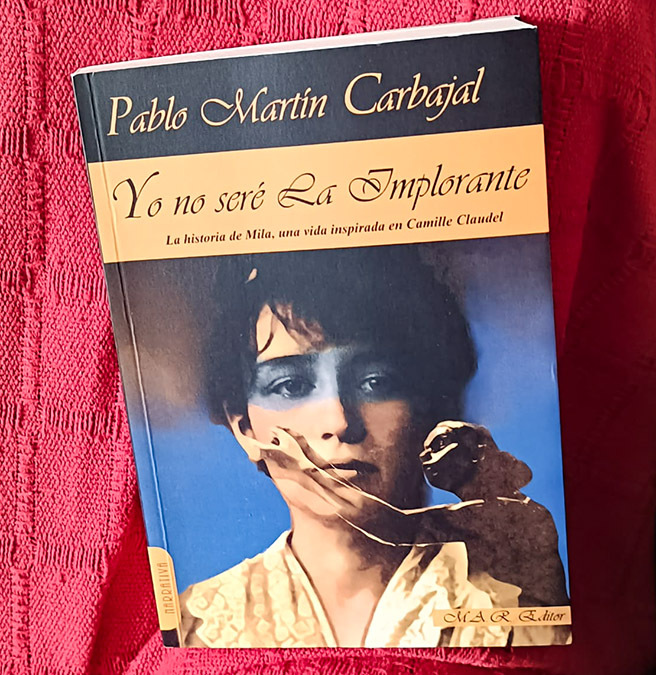
Between Madrid and Paris
If in his previous work Martín Carbajal took us to Mauritania and Morocco through the Canarian brothers Álvaro and Carol, now, with his new novel, he takes us to Europe; to the Madrid of the last years of Franco's regime with the Greys and the university, and the first years of democracy, with its famous ‘movida madrileña’; and to the Paris of May ‘68, which Mila herself tells us about in a diary that her niece Dori will later find.
And if the Mexican artist Frida Kalho, in ‘Tú eres azul cobalto’, marked the life of Dori, the protagonist of that novel, now it will be another woman, the French sculptor Camille Chaudel, lover and muse of the sculptor and her master Auguste Rodin, who will guide Mila's steps after discovering ‘La implorante’: ‘A girl kneeling, naked, with her arms outstretched...'- ’What had inspired the author to make a sculpture as disturbing and disturbing as that one?' Mila wonders when she sees the image in a book dedicated to Rodin.
The admiration and passion for the artist, the same that the writer felt on discovering her, marks Mila's life. Who is Chaudel, asks Martín Carbajal, to which he himself replies: ‘A surprising woman’, who, at the end of the 19th century, he adds, was accused by the critics of copying and who ended up going mad. A madness which, after her father's death, caused her own family to commit her to the Montdevergues asylum, as it was called at the time, a place where she remained for decades and from which she never emerged. This woman, forgotten for many years, was recovered by a French author, says Martín Carbajal, and became a feminist symbol in France.
With Madrid and Paris as settings, with the social movements of the time, and the different characters that appear in the novel (Manu, Bene, Dorotea, Julia, Thierry, Juliette, Vicente, Miguel, Onésimo, Diego, Dori...), the author takes the opportunity to reflect on and deal with very different subjects such as censorship and self-censorship, music, freedom, beauty, friendship, demands, guilt, sexuality, love...
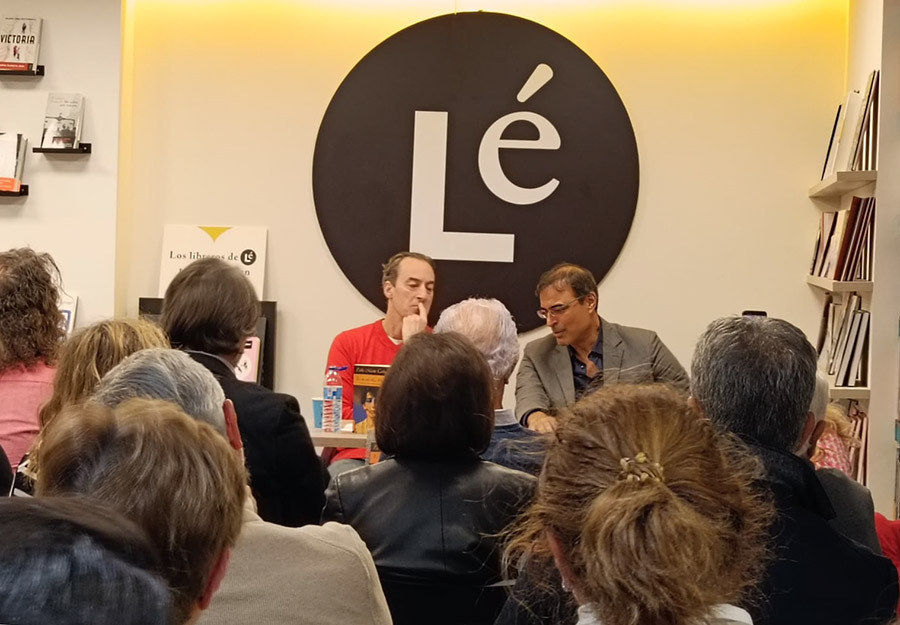
15 quotations from 15 philosophers
In these pages, 340, the reader will also find 15 quotations from 15 philosophers to take us into very different questions and debates, from Nietzsche and his ‘God is dead’ to Foucault with his ‘reflexive indocility’, without forgetting Simone de Beauvoir and her phrase ‘a woman is not born, she is made’, Agnes Heller and her defence of the interrelation between self-knowledge and praxis or Spinoza and his concept of love. And there Mila, always Mila, who discovers, who searches, who wonders, who pursues, who stirs... And Dori, her niece, who wants to know what her aunt was like, about whom she has known nothing for more than 20 years, and who also investigates, searches, investigates...
A novel that goes beyond the conquests of women, and that shows us the evolution of a society from the 1970s to the 1990s, changes, says the writer, that influence ‘the vital approach of the protagonists’. That is why there is no lack of university scenes where young people demand rights, or arrests, or the desire for freedom, or concerts, or that explosion of creativity in all the arts that would come later with Almodóvar, El Hortelano, Ouka Leele, García Alix... or that mythical venue of the time, the Rock-Ola, the groups that played there... Nor drugs or AIDS. And the ever-present life and work of the great French sculptor and her passionate and stormy relationship with Rodin, her happy moments and her sadness.
Mila's quest will also be Dori's quest to find her, to find out what became of her. Will she succeed? We will not give the answer, as it is up to each reader to discover it.
Authenticity
‘Yo seré la Implorante is the story of a woman who tried by all means to be coherent with herself’, we read on the back cover of this novel, which was presented at the Lé bookshop in Madrid with the writer Ignacio del Valle and two of the many people in the audience who lived intensely that Madrid of the movida: Patacho, guitarist of Glutamato Yeyé, and Ramón García del Pomar, programmer of the Rock-Ola club.
A novel that also talks about authenticity, a word that for Martín Carbajal means ‘being true to what you believe in, and I believe in literature’. ‘I have two lives, my professional life and my literary life, and in this one I feel authentic’, said the writer, who does not hide his feeling of strangeness on returning to characters from his first novel in the sixth, a time in which the writer (he) has evolved. ‘I think it is noticeable in the part that recovers history, in terms of Madrid and Paris in 1968 or Madrid in the 1980s, but as for the intimacy of the characters and the life experiences of Frida Kahlo and Camille Claudel, both novels maintain the same line and I am very happy with the result’, he stressed.
Two impressive artists, the Mexican and the French, who broke the rules, who loved and suffered, who achieved great goals, who struggled..., which is why the author stresses that studying Camille Claudel now, as he studied Frida in the first novel, ‘has been an equally interesting experience’.

New trilogies
Martín Carbajal is enjoying his sixth novel and its various presentations, as after Madrid, Tenerife and Gran Canaria, others will follow, such as Valencia and Málaga. However, his head never stops spinning, seeing possibilities, outlining new stories with those characters he already knows. That is why, when ‘El latido de Al-Magreb’ came out, he told Atalayar about the idea of a trilogy about Africa linked to the geographical situation of the Canary Islands and gave hints about Cape Verde and the islands of Macaronesia... although his imagination also reached out to those American cities founded by Canary Islanders. The fact is that the African closure, he tells us, is still in the air, while other trilogies could be brought forward: that of women artists and those of his second and third novels: ‘La ciudad de las miradas’ and ‘La felicidad amarga’. ‘I think I'm now more at the point of writing the third novel of the latter two,’ he says.
We'll see in the end which one comes first. In the meantime, let's let his latest work, ‘Yo no seré La Implorante’, run its course.




